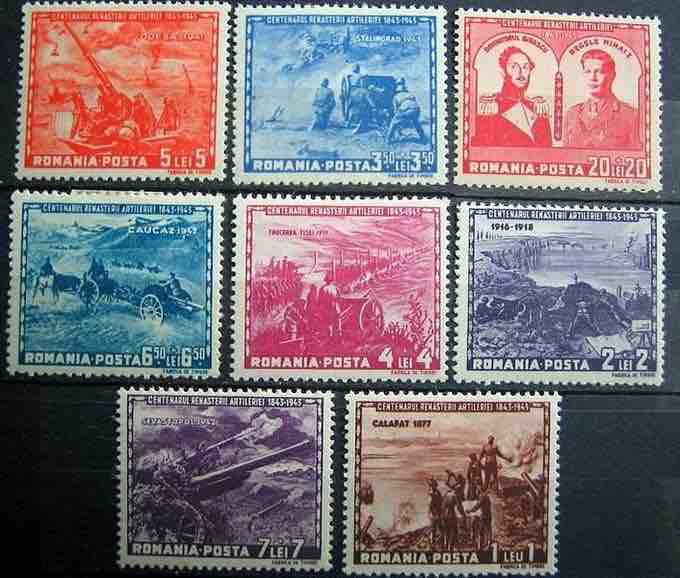There are four main levels of measurement used in statistics: nominal, ordinal, interval, and ratio. Each of these have different degrees of usefulness in statistical research. Data is collected about a population by random sampling .
Nominal measurements have no meaningful rank order among values. Nominal data differentiates between items or subjects based only on qualitative classifications they belong to. Examples include gender, nationality, ethnicity, language, genre, style, biological species, visual pattern, etc.

Defining a population
In applying statistics to a scientific, industrial, or societal problem, it is necessary to begin with a population or process to be studied. Populations can be diverse topics such as "all persons living in a country" or "all stamps produced in the year 1943".
Ordinal measurements have imprecise differences between consecutive values, but have a meaningful order to those values. Ordinal data allows for rank order (1st, 2nd, 3rd, etc) by which data can be sorted, but it still does not allow for relative degree of difference between them. Examples of ordinal data include dichotomous values such as "sick" versus "healthy" when measuring health, "guilty" versus "innocent" when making judgments in courts, "false" versus "true", when measuring truth value. Examples also include non-dichotomous data consisting of a spectrum of values, such as "completely agree", "mostly agree", "mostly disagree", or "completely disagree" when measuring opinion.
Interval measurements have meaningful distances between measurements defined, but the zero value is arbitrary (as in the case with longitude and temperature measurements in Celsius or Fahrenheit). Interval data allows for the degree of difference between items, but not the ratio between them. Ratios are not allowed with interval data since 20°C cannot be said to be "twice as hot" as 10°C, nor can multiplication/division be carried out between any two dates directly. However, ratios of differences can be expressed; for example, one difference can be twice another. Interval type variables are sometimes also called "scaled variables".
Ratio measurements have both a meaningful zero value and the distances between different measurements are defined; they provide the greatest flexibility in statistical methods that can be used for analyzing the data.
Because variables conforming only to nominal or ordinal measurements cannot be reasonably measured numerically, sometimes they are grouped together as categorical variables, whereas ratio and interval measurements are grouped together as quantitative variables, which can be either discrete or continuous, due to their numerical nature.
Measurement processes that generate statistical data are also subject to error. Many of these errors are classified as random (noise) or systematic (bias), but other important types of errors (e.g., blunder, such as when an analyst reports incorrect units) can also be important.